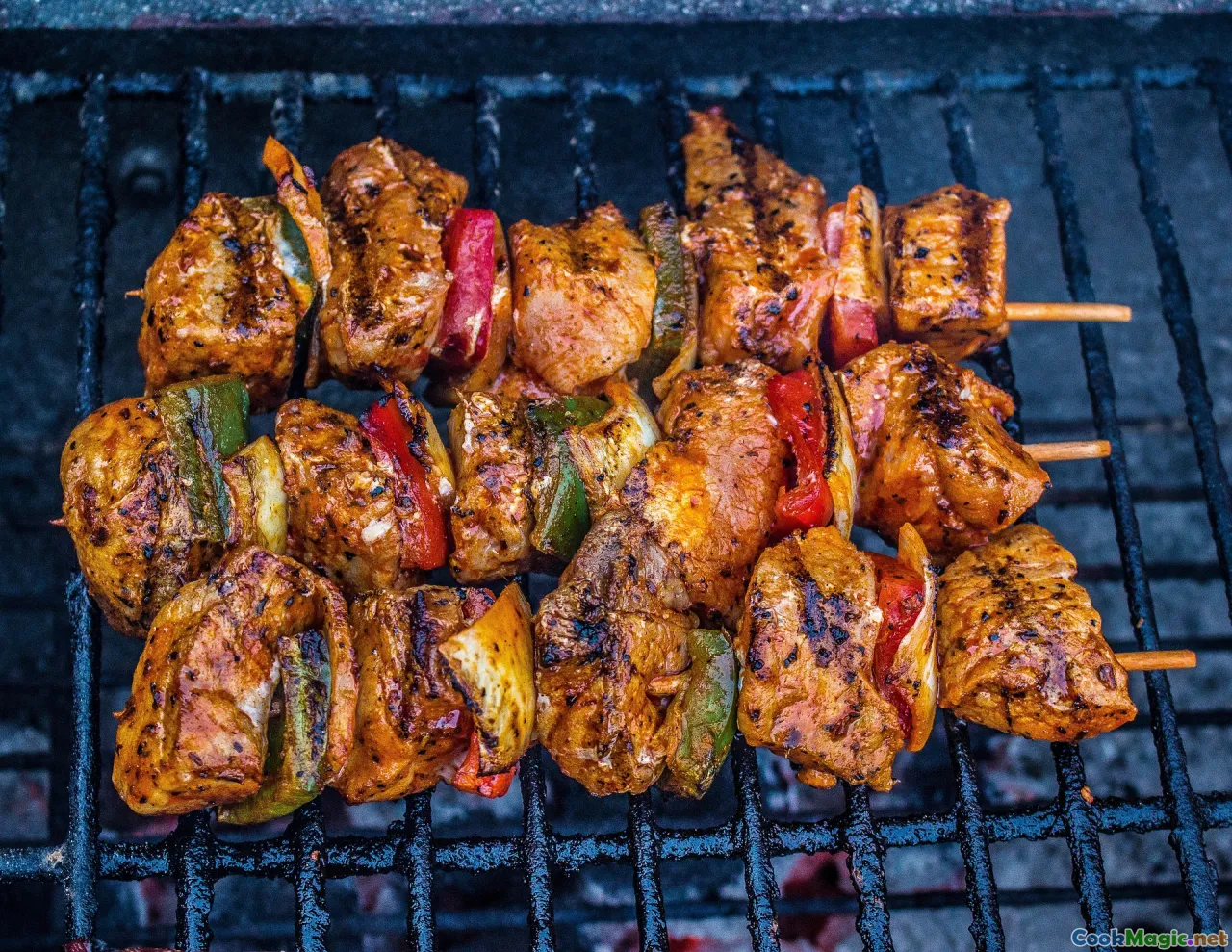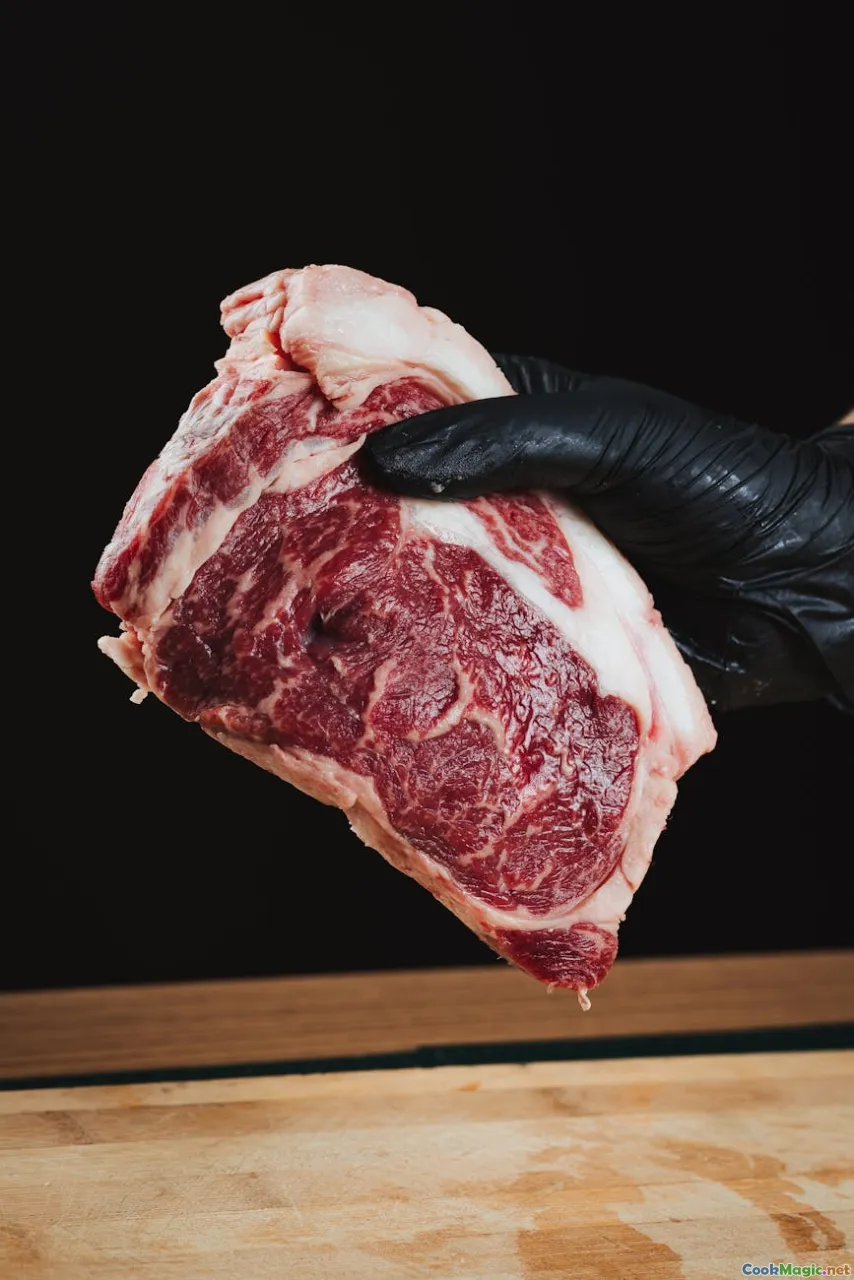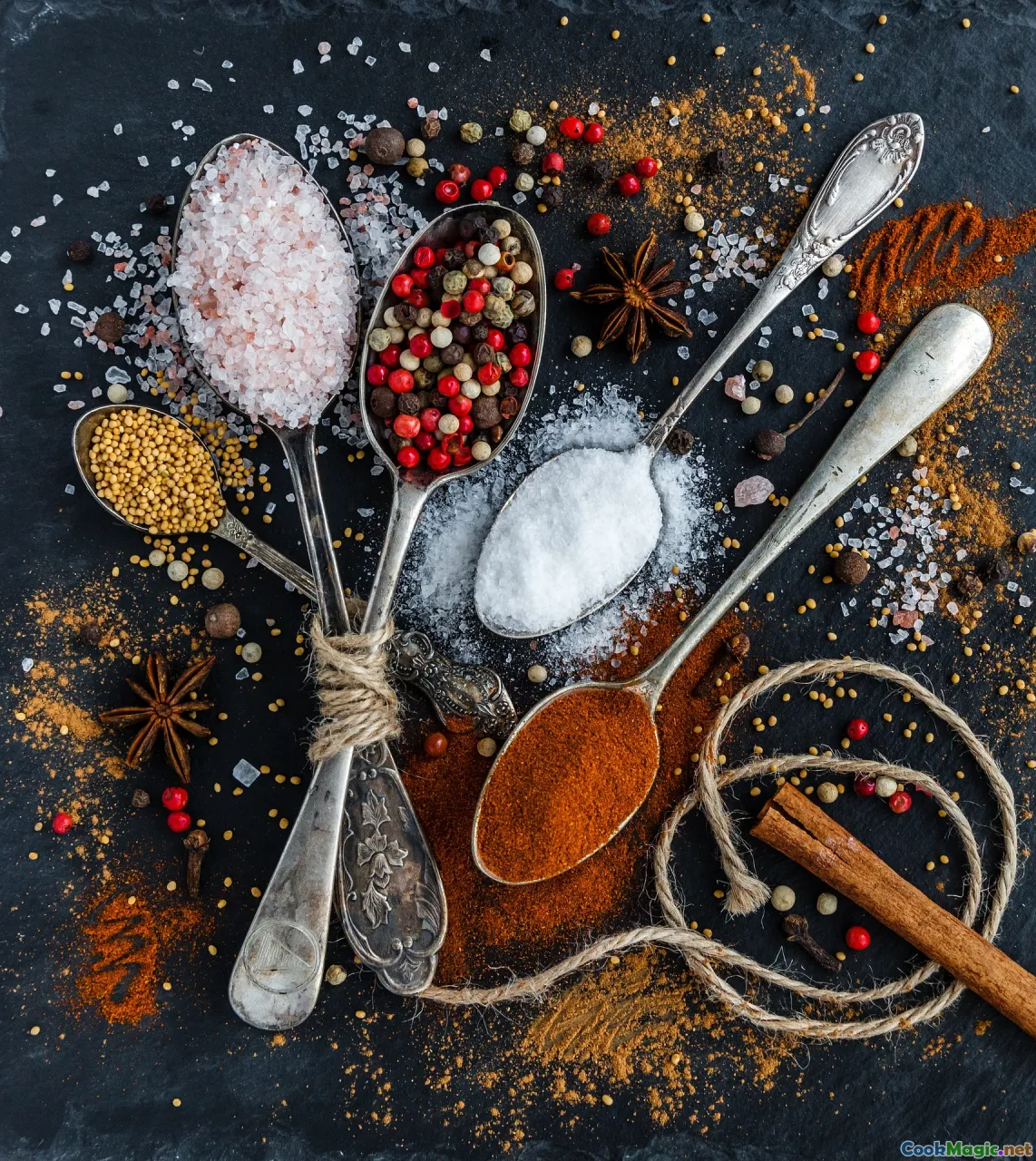Mastering Shashlik Grilled Skewered Meats of Kazakhstan
11 min read Explore authentic techniques and flavors of Kazakh shashlik, the iconic grilled skewers that showcase Central Asian culinary tradition. September 10, 2025 00:05
Mastering Shashlik: The Iconic Grilled Skewered Meats of Kazakhstan
Lying at the heart of Central Asia, Kazakhstan is a vast tapestry woven with ancient nomadic traditions, rugged steppes, and sun-drenched mountains. Its culinary landscape, rich in communal feasts and earthy flavors, finds one of its brightest expressions in shashlik—a dish that resonates with the very soul of Kazakh life. As a visitor or home cook eager to delve into Kazakh cuisine, mastering shashlik isn’t just about grilling meat; it’s about embracing a cultural ritual that has sustained nomadic tribes for centuries—a dance of fire, smoke, aroma, and storytelling.
The Cultural Essence of Shashlik in Kazakhstan

Shashlik, originating from the Persian word ‘shishlik’ meaning ‘skewered meat,’ has been an intrinsic part of Kazakh hospitality since time immemorial. Traditionally, clans would gather around open-flame fires during hunts or seasonal migrations, sharing freshly grilled meats wrapped in the camaraderie of communal feasts. Today, shashlik embodies Kazakh resilience, hospitality, and a deep connection to pasturelands and nature.
In rural Kazakh villages, shashlik isn’t just food; it’s an integral aspect of life—woven into festivals, weddings, and even everyday Sunday gatherings. The slow, attentive process of preparing and grilling the meat encapsulates a cultural philosophy: patience, respect for tradition, and a reverence for fire.
Selecting the Perfect Meat: Foundations of a Good Shashlik

The journey to mastering Kazakh shashlik begins with choosing the right meat. Historically, mutton and lamb have been favored for their robust flavors and tenderness—products of sheep raised in pastures roaming the vast Kazakh plains. But beef, especially from Kazakh cattle breeds like the Kuyvas, also holds a special place.
Tips for selecting meat:-Freshness is Key: Always choose meat with a bright, moist appearance. The flesh should not be sticky or slimy.
- Marbling Matters: Look for meat with fine streaks of fat—this marbling ensures tenderness and flavor during grilling.
- Cut Matters: Shoulder and neck cuts work beautifully due to their connective tissue, which breaks down during grilling, yielding juicy results. For skewers, fillet or sirloin can also be used for leaner options.
A personal insight: I often visit local Kazakh markets—known as bazars—where vendors meticulously hand-cut bargains of fresh meat, seasoned simply with salt and Hodzha (a blend of traditional Kazakh spices). This respect for quality underscores the significance of selecting the best raw material.
Preparing the Meat: Marinating and Seasoning with Kazakh Wisdom

While some purists prefer their shashlik unmarinated to highlight the pure taste of the meat, traditional Kazakh recipes often incorporate simple yet effective marinades. These enhance tenderness, add depth, and impart subtle regional flavors.
Classic Kazakh marinade ingredients:
- Salt
- Black pepper
- Onion juice or grated onions
- A splash of vinegar or kumis (fermented mare's milk) for a slight tang
- Optional: crushed garlic, herbs like dill or cumin
Marination tips:
- Cut meat into uniform cubes, roughly 3-4 centimeters thick to ensure even grilling.
- Spread marinade evenly and let meat rest for at least 2 hours, preferably overnight in the refrigerator. The slow absorption of flavors makes the meat more tender and aromatic.
Personally, I often experiment with adding smoked paprika or sumac for an extra layer of complexity—reminiscent of the diverse influences blending across Central Asia. Yet, simplicity reigns supreme in authentic Kazakh traditions.
Crafting the Perfect Skewers: Technique and Tools

When it comes to assembling shashlik, craftsmanship and tradition intersect. Usemetal skewers, preferably flat rather than round, to prevent meat from spinning during grilling. Soak wooden skewers in water if used—although traditional Kazakh shashlik typically employs metal for durability and a consistent heat transfer.Assembly tips:
- Alternate meat with chunks of onion and bell pepper for added flavor and visual appeal.
- Do not cram the skewers; allow some space for heat circulation.
- Thread meat tightly but avoid compression, which can restrict airflow and cause uneven cooking.
The grilling itself is an art—a balance of heat and patience. A traditional Kazakh kazylyk (grill) setup involves an open charcoal fire, smoldering with fragrant wood or juniper wood—imparting a unique smoky aroma.
Mastering the Grilling Process

Kazakh masters emphasize the importance of controlling fire: not too raging, lest the meat char quickly, or too weak, risking undercooking. The charcoal should be hot enough to sear the meat's surface immediately but allow for slow cooking to interior perfection.
Grilling tips:
- Start with high heat to sear, then reduce to medium for the remaining time.
- Turn skewers frequently to ensure even cooking and prevent flare-ups.
- Brush with marinade or oil occasionally to keep the meat moist.
Cooking time varies based on meat type and size, but generally ranges from 10 to 20 minutes. A keen eye for color—bright caramelized crust versus raw pink interior—is vital.
I remember visiting a village near Almaty where an elder grilled shashlik over glowing embers, patiently adjusting the skewers, exuding pride and tradition in each turn. The aroma alone was enough to make qualquer's mouth water.
The Finishing Touch: Serving and Accompaniments

In Kazakh tradition, shashlik is served hot and often accompanied by fresh, rustic bread—baursakorflatbread—which is perfect for scooping up juicy chunks. A side of ayran(fermented dairy drink) or traditional herbal sauces enhances the meal's freshness.Accompaniments include:
- Grilled vegetables: tomatoes, bell peppers, onions
- Fresh salad with herbs and radishes
- Pickles and smoked cheeses
- Traditional Kazakh tea brewed with herbs or black tea infused with dried fruits
Personal insights: Sharing shashlik in a Kazakh yurt evokes warmth and conviviality. The smoke-laden air, the rhythm of storytelling around the fire, the laughter—all culminate into a sensory experience unparalleled in its simplicity and depth.
Cultural Tips and Unique Insights to Elevate Your Shashlik Game

Cooking shashlik professionally or at home involves understanding the nuances deeply rooted in Kazakh hospitality:
- Rest the meat after grilling for a few minutes to allow juices to redistribute.
- Use local herbs and spices subtly—highlighting their natural flavors.
- Incorporate regional variations, such as adding crushed dried apricots or cumin for a distinctly Central Asian twist.
In Kazakhstan, participating in a shashlik feast often signifies more than savoring; it’s an act of community, sharing stories, songs, and traditions. Authentic mastery comes from respecting its culture, history, and the fire that ties it all together.
Embracing the Spirit: Your First Steps to Kazakh Shashlik
Start small: select quality meat, experiment with marinating, maintain good fire control, and don’t rush. The process itself becomes a meditation—an appreciation of simple ingredients elevated through tradition and patience. Whether cooking in your backyard or visiting a Kazakh festival, the essence of shashlik is captured not only in flavor but in the journey—the connection to a resilient, hospitable culture.
In the warm glow of coal embers, among storytelling and laughter, you'll find that mastering shashlik isn’t just about the perfect skewer; it’s about reviving a centuries-old tradition and sharing a piece of Kazakhstan’s soul with every bite.
Let the smoky aroma and tender chunks of meat transport you across the vast Central Asian steppe—here’s to your journey in becoming a true master of Kazakh shashlik.









